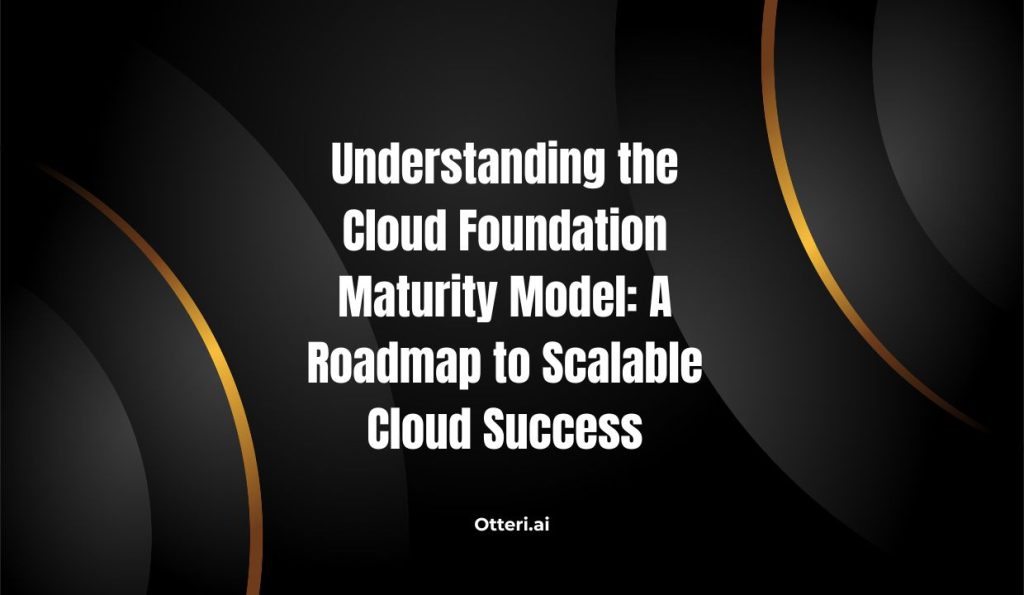
Explore the Cloud Foundation Maturity Model to assess your organization’s cloud readiness. Learn how to evolve through foundational stages for secure, efficient, and scalable cloud adoption.
Introduction to the Cloud Foundation Maturity Model
The Cloud Foundation Maturity Model (CFMM) is a strategic framework that helps organizations assess their current cloud readiness and plan for a structured, secure, and scalable cloud adoption journey. It outlines progressive stages that guide businesses in building a strong cloud foundation across governance, operations, security, and financial management.
Why It Matters
Migrating to the cloud is not just a technical shift—it’s a complete transformation of how organizations deliver value. Without a strong foundation, businesses risk security vulnerabilities, cost overruns, compliance issues, and performance bottlenecks. That’s where the Cloud Foundation Maturity Model comes in. It provides a practical path for maturing your cloud capabilities in a structured way.
The Four Stages of Cloud Maturity
Initial (Ad Hoc) Stage:
At this stage, cloud adoption is unstructured. Teams may use cloud services independently, with no centralized governance, cost tracking, or security protocols. This leads to shadow IT, inconsistent performance, and unmanaged costs.Foundation Stage:
Organizations begin to set up basic cloud governance. Identity and access management (IAM), security policies, and networking configurations are implemented. Teams start using shared accounts and basic monitoring tools. This is the critical point where the groundwork for a sustainable cloud environment is laid.Standardized Stage:
Cloud usage becomes centralized and consistent. Policies are enforced organization-wide. Automation begins to play a role in deployment and configuration. Cost management strategies are introduced, and security frameworks such as CIS or NIST are followed more rigorously.Optimized Stage:
The cloud environment is now fully optimized for performance, cost, and compliance. Automation, continuous monitoring, DevOps practices, and real-time security alerts are in place. Organizations can scale quickly and securely, innovate faster, and align cloud spend with business value.
Key Pillars of Cloud Maturity
Governance:
Establishing roles, responsibilities, and guardrails for how the cloud is used across departments.Security:
Implementing strong identity controls, data protection, and threat detection from the ground up.Operations:
Automating deployments, managing configurations, and proactively monitoring health and performance.Cost Management:
Using tools to track, allocate, and optimize cloud expenses across services and teams.Compliance:
Ensuring regulatory standards are met as cloud usage scales, including GDPR, HIPAA, and others.
Benefits of a Mature Cloud Foundation
Better scalability and agility
Enhanced security posture
Lower cloud costs through optimization
Stronger alignment with business goals
Reduced operational risk
Conclusion: Evolve Strategically
The Cloud Foundation Maturity Model is not just a checklist—it’s a strategic guide. Whether you’re starting your cloud journey or refining your existing setup, using this model ensures every decision supports long-term growth, innovation, and resilience.
Want to accelerate your cloud maturity journey? Otteri.ai offers comprehensive cloud transformation tools and models—all in one place. Evaluate, implement, and evolve your cloud foundation with confidence using Otteri’s expert-backed platform.